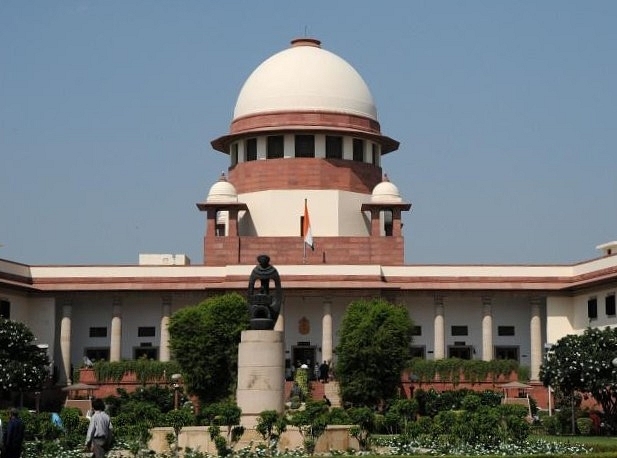
Kathua Case: Envelope Supposed To Contain Victim’s Hair Strands Reportedly Turns Out Empty In Court
As per various reports, an envelope that was supposed to contain strands of hair of the eight-year-old victim of Kathua rape case, turned out to be empty when opened inside the court.
The development has left everyone stumped and sparked a row.
The envelope, produced in the court by the Special Investigating Team (SIT), was supposed to contain six strands of hair collected by the SIT from the ‘devasthan’ in Rasana village where, as per the SIT’s chargesheet, the victim was kept captive for a week.
However, when Special Public Prosecutor Santokh Singh Basra opened the envelope in front of the judge, it was empty. To this, defence counsel Anil Kumar Sawhney reportedly said that “both the prosecutors, Basra and JK Chopra, do not know what they are doing as they are producing an empty envelope in the court.”
Sawhney later told the media that “this is a cause of worry for the prosecution.”
As per a report by Greater Kashmir that quoted “sources”, a yellow-coloured envelope with seven seals/stamps by Delhi’s Central Forensic Science Laboratory was produced. There were four small envelopes inside it. All the four envelops turned out to be empty. It took about an hour to open all the envelops, says a report by Amar Ujala.
Notably, the DNA report of these hairs was produced in the court on 31 May. It reportedly said that the DNA tests show that the hair strands collected from the temple match with those of the victim. The hair were supposed to be the only, and thus crucial, evidence for SIT’s claim that the victim was kept in the one-room ‘devasthan’.
The Greater Kashmir report also said that the personal assistant of SIT member Shwetambri Sharma was the witness when hair were collected from the one-room temple. Sharma was supposed to record his statement after which he was to be cross-examined by the defence lawyers, but that could not happen.
Sharma was the tenth witness in the case which has a total of 221 witnesses.
Meanwhile, defence lawyer Sawhney told the court that the defence should be informed at least a day in advance about the witnesses so they can cross-examine.S